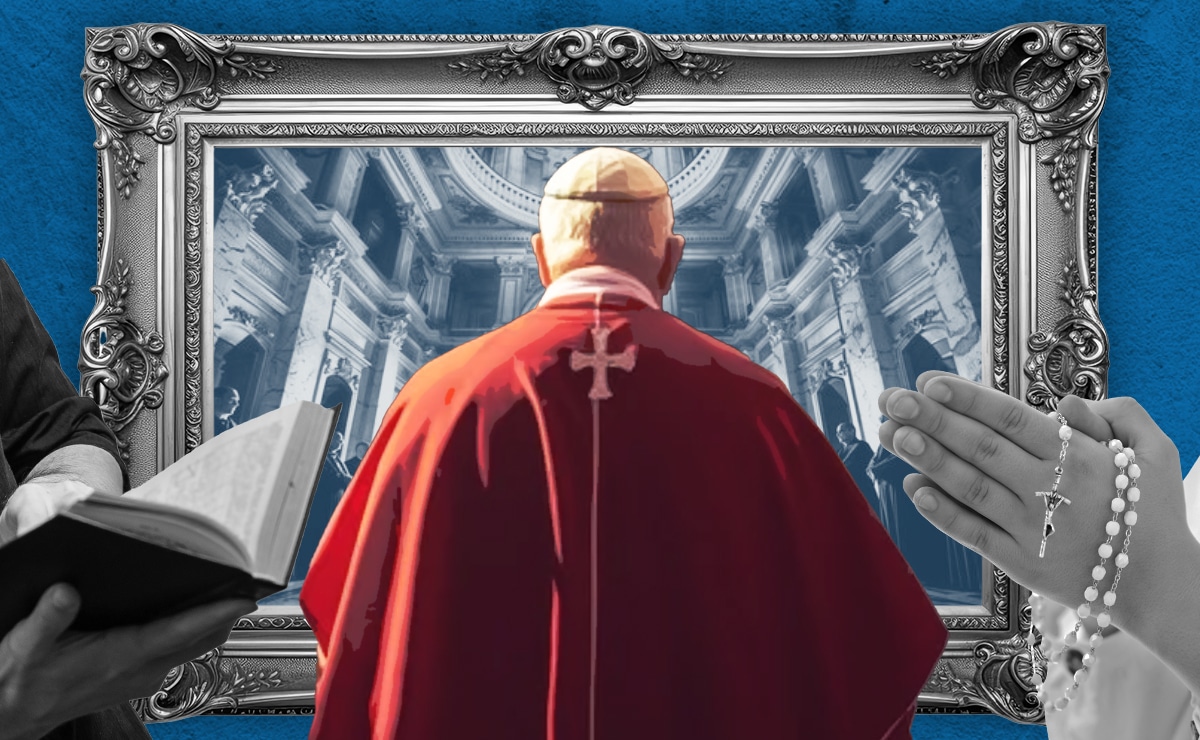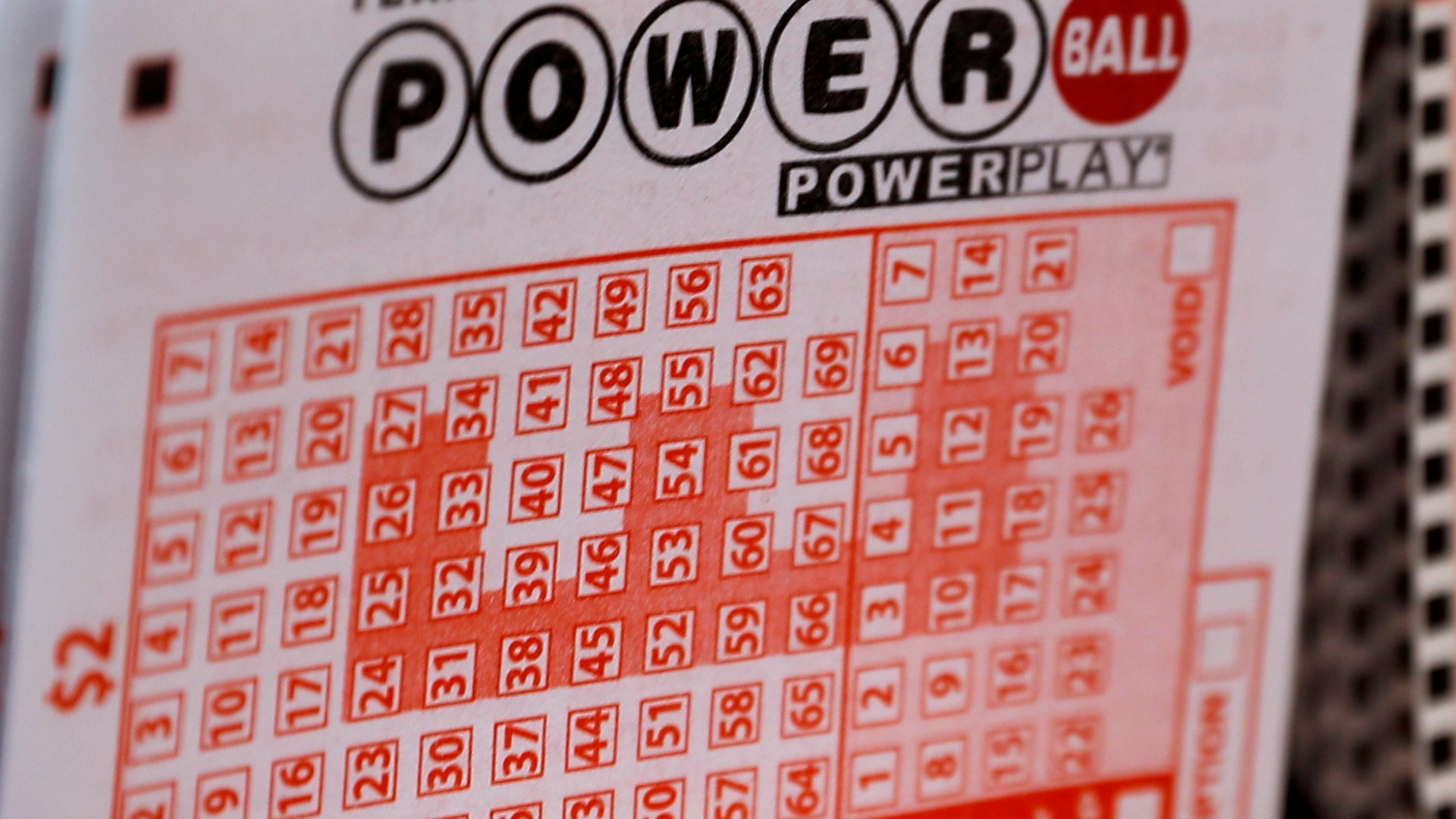A Conclave: The Process Of Selecting A New Pope

Table of Contents
The Beginning of a Conclave: Death or Resignation of the Pope
The death or resignation of the Pope marks the beginning of the process of choosing his successor. A series of formal procedures are meticulously followed, ensuring a smooth transition of power within the Catholic Church.
- Official Announcement: The death or resignation is officially announced to the world, usually by the Cardinal Camerlengo, the temporary head of the Vatican.
- Period of Mourning and Preparation: A period of mourning follows, during which the Vatican prepares for the conclave. This includes logistical arrangements and the summoning of the College of Cardinals.
- Convening of the College of Cardinals: The College of Cardinals, the body responsible for electing the new Pope, is formally convened.
- Confirmation of the Vacancy: The vacancy of the Apostolic See (the See of Rome) is officially confirmed, signifying the commencement of the conclave process. This involves specific liturgical ceremonies and legal pronouncements.
The College of Cardinals: The Electors
The College of Cardinals is composed of Cardinals appointed by the Pope. However, not all Cardinals are eligible to participate in a Papal election. Only those under the age of 80 are considered Cardinal electors.
- Eligibility Criteria: To be a Cardinal elector, a Cardinal must be under 80 years of age at the time of the conclave. This age limit ensures the election of a Pope who is likely to have a long and active papacy.
- Number of Cardinal Electors: The number of Cardinal electors varies depending on the number of Cardinals appointed by the preceding Pope who meet the age requirement.
- Roles and Responsibilities: Cardinal electors are responsible for electing the new Pope through a secret ballot process. Their role is of paramount importance in the continuity of the Catholic Church's leadership.
- Importance in Papal Succession: The College of Cardinals is the central body within the Catholic hierarchy responsible for the smooth succession of the papacy. The electors hold the ultimate responsibility for choosing the next leader of the global Catholic Church.
The Conclave: Location, Secrecy, and Procedures
The Papal Conclave is held in a highly secure and secluded environment, traditionally the Sistine Chapel in the Vatican. Secrecy is paramount throughout the entire process.
- Location: The Sistine Chapel is the traditional and symbolic venue for the conclave. Its historical significance and relative isolation make it ideal for ensuring the secrecy of the proceedings.
- Strict Rules of Secrecy: The conclave operates under strict rules of secrecy. Cardinal electors are prohibited from communicating with the outside world, ensuring impartiality and preventing undue influence. Cell phones and other electronic devices are strictly forbidden.
- Voting Process: The voting process involves secret ballots, meticulously counted by appointed officials. Multiple rounds of voting continue until a two-thirds majority is achieved.
- Smoke Signals: The outcome of each voting round is signaled to the waiting world outside by colored smoke emanating from the Sistine Chapel chimney – white smoke signifies an election, black smoke indicates that no candidate has secured the necessary votes.
Scrutiny and the Two-Thirds Majority
The voting process involves multiple rounds of scrutiny, or voting sessions. A two-thirds majority of the votes cast is required to elect a new Pope.
- Voting Process Details: Cardinals write their chosen candidate's name on a ballot paper. These ballots are then collected and counted.
- Significance of the Two-Thirds Majority: This rule ensures a broad consensus and prevents the election of a Pope by a slim majority.
- Handling Deadlocks: If a deadlock occurs, procedures are in place to address the situation, potentially including periods of prayer and reflection.
- Possible Scenarios: Various scenarios can unfold, from a swift election to prolonged deliberations, reflecting the complexities of the decision-making process within the College of Cardinals.
The Election of the New Pope and the Announcement
Once a candidate receives the required two-thirds majority, the election is declared, and the new Pope accepts the papacy.
- Acceptance of the Papacy: The elected Cardinal formally accepts the responsibility of the papacy.
- "Habemus Papam!": The announcement "Habemus Papam!" (We have a Pope!) signals the successful conclusion of the conclave. This momentous declaration is made from the balcony of St. Peter's Basilica.
- First Appearance: The newly elected Pope then makes his first public appearance, blessing the assembled crowd.
- Beginning of the New Pontificate: The election marks the beginning of a new pontificate, ushering in a new era of leadership for the Catholic Church.
Conclusion
This article has explored the intricate process of a Papal Conclave, highlighting the key stages from the death or resignation of a Pope to the election and announcement of his successor. The selection of a new Pope is a significant event in the Catholic Church, demonstrating the complex interplay of tradition, procedure, and faith. Understanding the nuances of the conclave provides valuable insight into the leadership and governance of the Vatican.
Want to delve deeper into the history and complexities of the Papal Conclave? Further research into the different Papal elections throughout history will provide a richer understanding of this pivotal process in the Catholic Church. Learn more about the history of Papal Conclaves and the fascinating details surrounding the election of the Pope!

Featured Posts
-
 April 12th Lotto Results Check The Jackpot Numbers
May 07, 2025
April 12th Lotto Results Check The Jackpot Numbers
May 07, 2025 -
 Rotten Tomatoes Wrong John Wick 4s Unexpectedly Low Score Explained
May 07, 2025
Rotten Tomatoes Wrong John Wick 4s Unexpectedly Low Score Explained
May 07, 2025 -
 Oscar Winner Makes A Splash In Latest White Lotus Episode
May 07, 2025
Oscar Winner Makes A Splash In Latest White Lotus Episode
May 07, 2025 -
 The Karate Kid Part Ii Plot Analysis And Character Development
May 07, 2025
The Karate Kid Part Ii Plot Analysis And Character Development
May 07, 2025 -
 Go Ahead Eagles Cup Final De Bussers Shoot Out Heroics Seal Comeback Win
May 07, 2025
Go Ahead Eagles Cup Final De Bussers Shoot Out Heroics Seal Comeback Win
May 07, 2025
